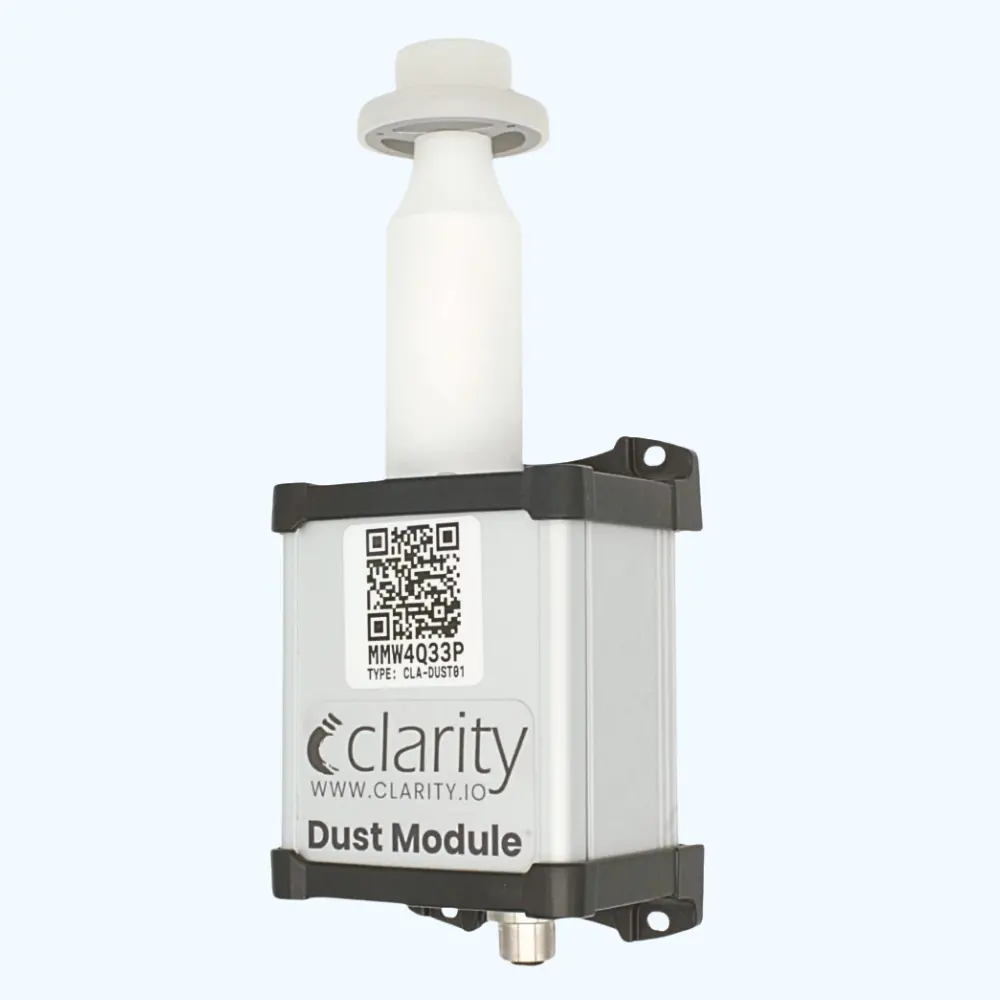“With Clarity's hyperlocal network, we can begin to provide a more complete picture of how air pollution is occurring in a given micro region, and what preventive actions we need to take to minimize exposure. We can also measure the effectiveness of each activity taken by measuring concentrations BEFORE and AFTER that activity. This encourages us to think about policies that we want to change. It raises citizen awareness and creates a narrative that influences positive change. We need to know what the air is like NOW AND IMMEDIATELY, at each MICRO location, to react IMMEDIATELY, and to sanction those who are disrupting our health, the future of our youngest, and the future of our country. Every citizen of the municipality of Strumica has a strong ally in such innovative technology."


.svg)



.webp)




.webp)


.webp)













.png)







.png)

.webp)





